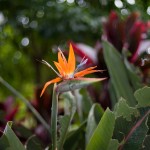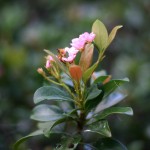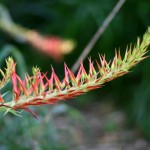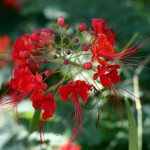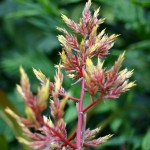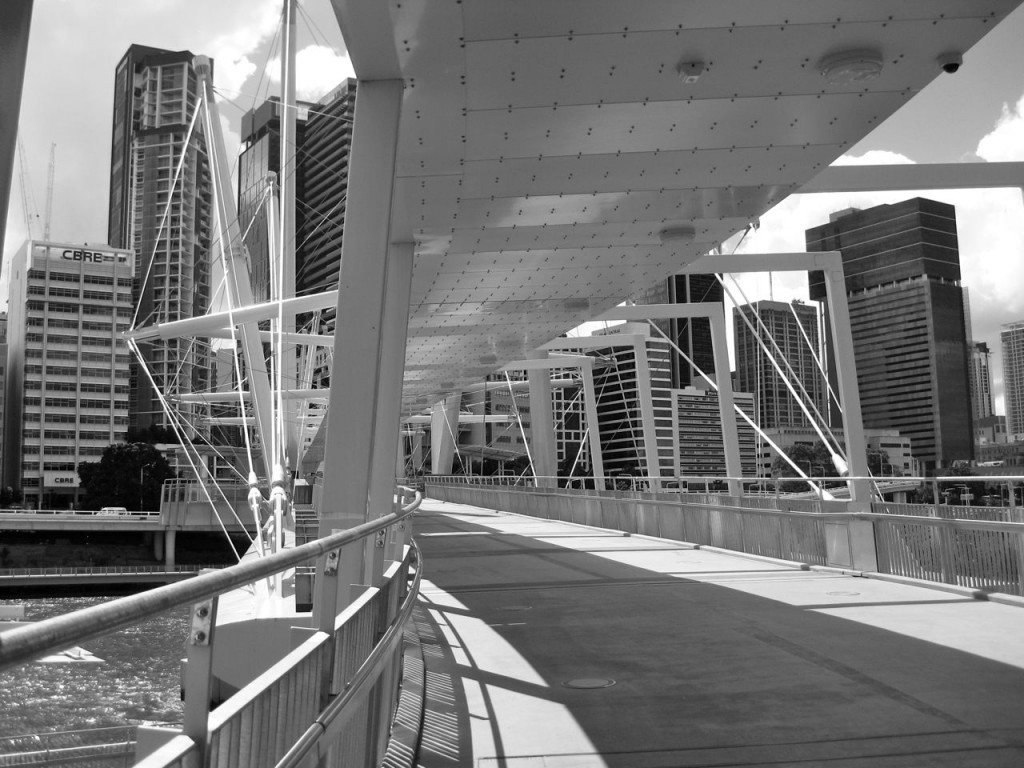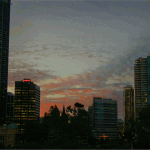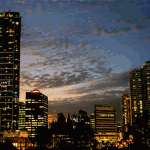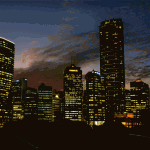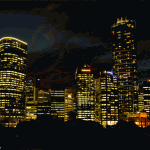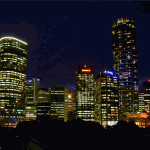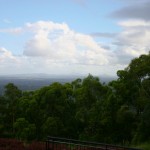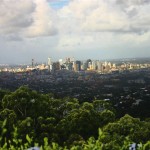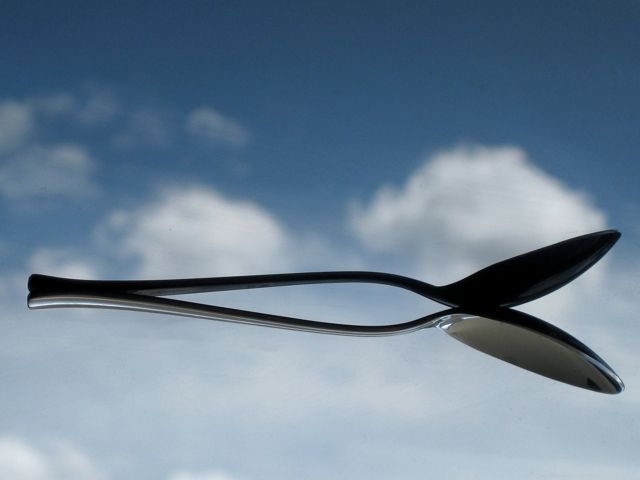Here are the best of the weekend’s crop of photos. I am starting to get to know what can be done with my new prime lens. It’s worth clicking on these for a full-size view.
Category Archives: Photography
More fun with tiny depth-of-field
Prime Lens Experiments
A very generous person gave me a 50mm prime lens for my birthday. Naturally it needed trying out immediately, so we took it to Brisbane’s Alma Park zoo in search of subjects. It’s a very small zoo set in beautiful rainforest, with a fairly restricted range of contented-looking animals. On an unexpectedly beautiful, hot, sunny autumn day it was just the place to be.
The point of a prime lens is that it’s really fast. These lenses have huge maximum apertures (where bigger equals more expensive on what seems to be a logarithmic scale), with correspondingly tiny depth-of-field, and work well in low-light conditions (such as, in a rainforest). Mine goes up to f1.4. For comparison, a standard 28-55mm kit lens can sometimes, if you’re really lucky and it’s bright and sunny, reach f4.
The low depth-of-field means you can play with awesome effects. For instance, you can focus on someone’s eyes while their nose might be out of focus. (Normally, this is called “doing it wrong”.) Not having a willing subject to hand to demonstrate, the effect works on birthday chocolates just as well:
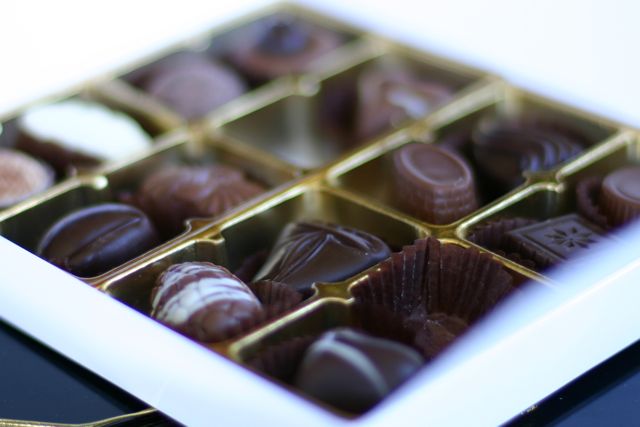
More usually a narrow depth-of-field is used to blur the background, such as in this picture:
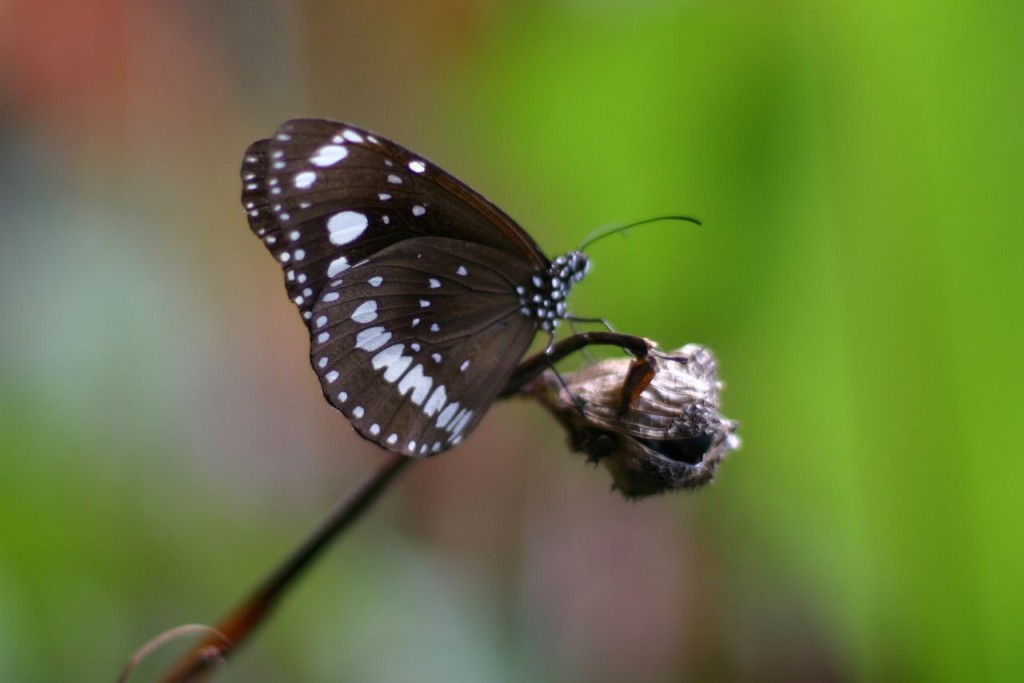
Wanting to play more with depth-of-field, I found four kangaroos conveniently lying down one behind the other, enabling me to shift the focus from the first to the last in sequence to see what the result would be:

Spot the problem? Depth-of-field is not quite enough to keep a whole kangaroo in focus, especially not the nearest one. Might have done better at f1.8. But you get the idea.
The kangaroos were fantastic, and very tame. They liked to be snuggled.
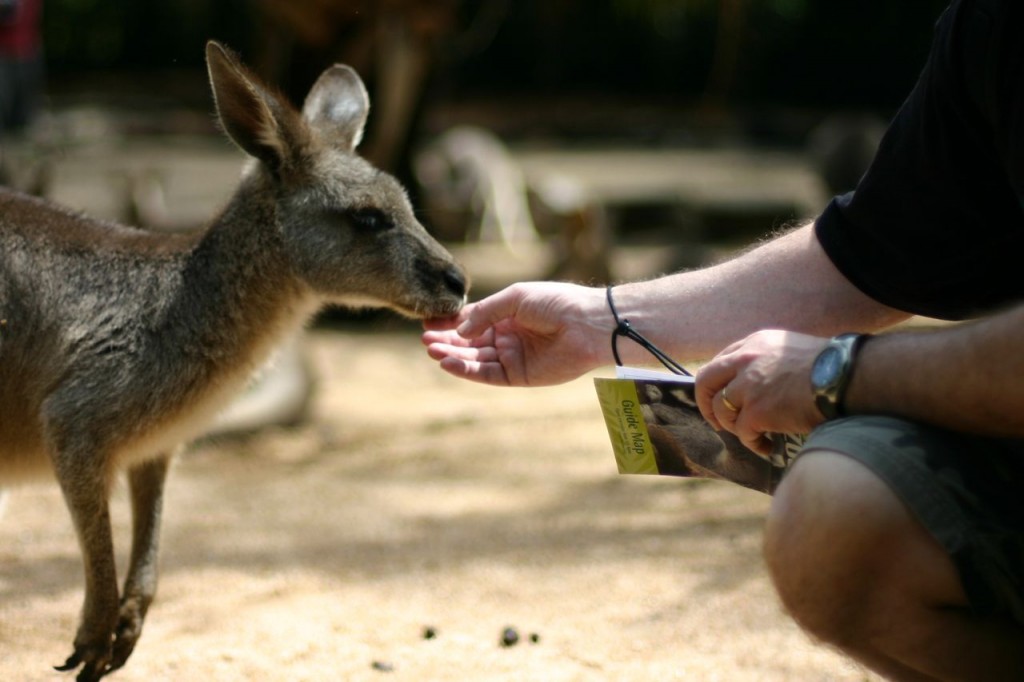
Sometimes they find someone tasty.
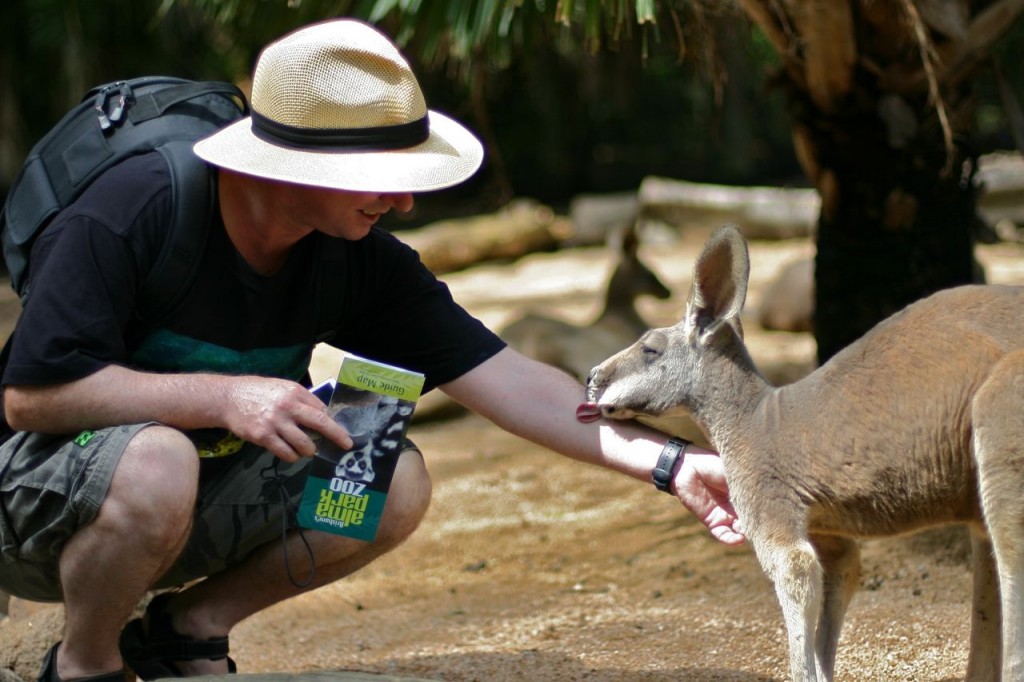
There were all sorts of varieties of kangaroos, all in walk-in enclosures. Here’s an albino, which I’d never seen before:
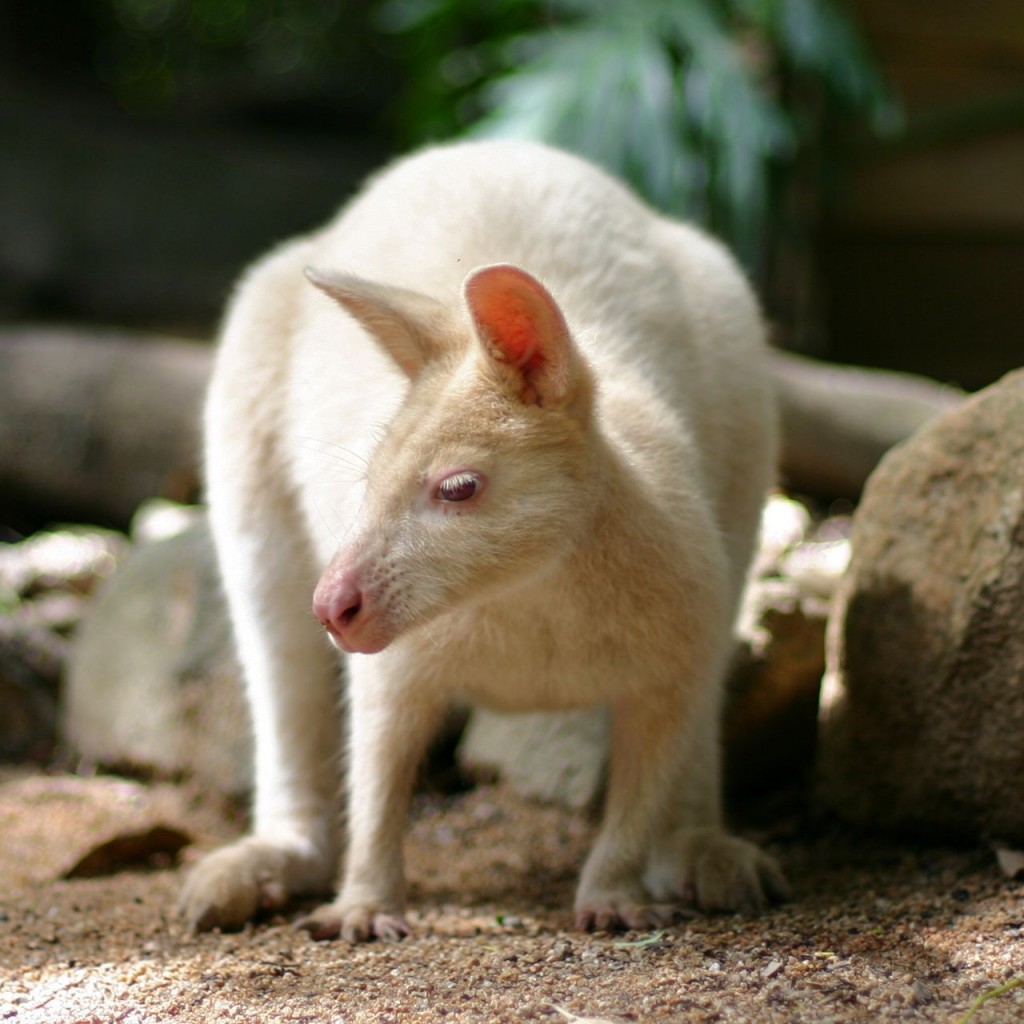
A lizard is quite a “long” animal so focussing on it’s head will blur the body (and, luckily, the surrounding foliage).
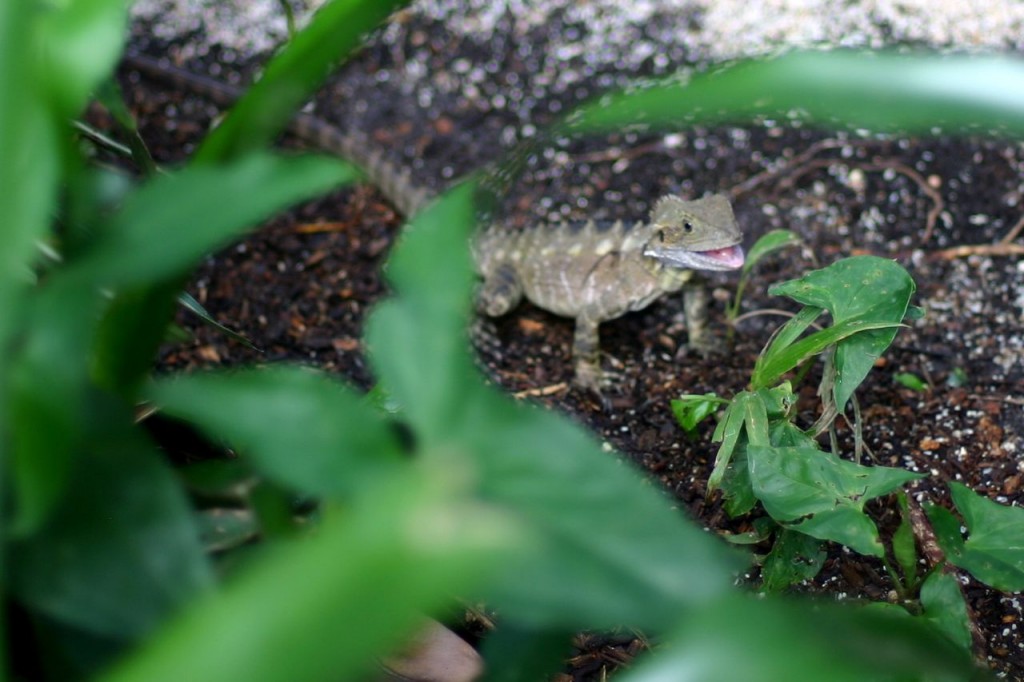
This young buck was very interested in us.
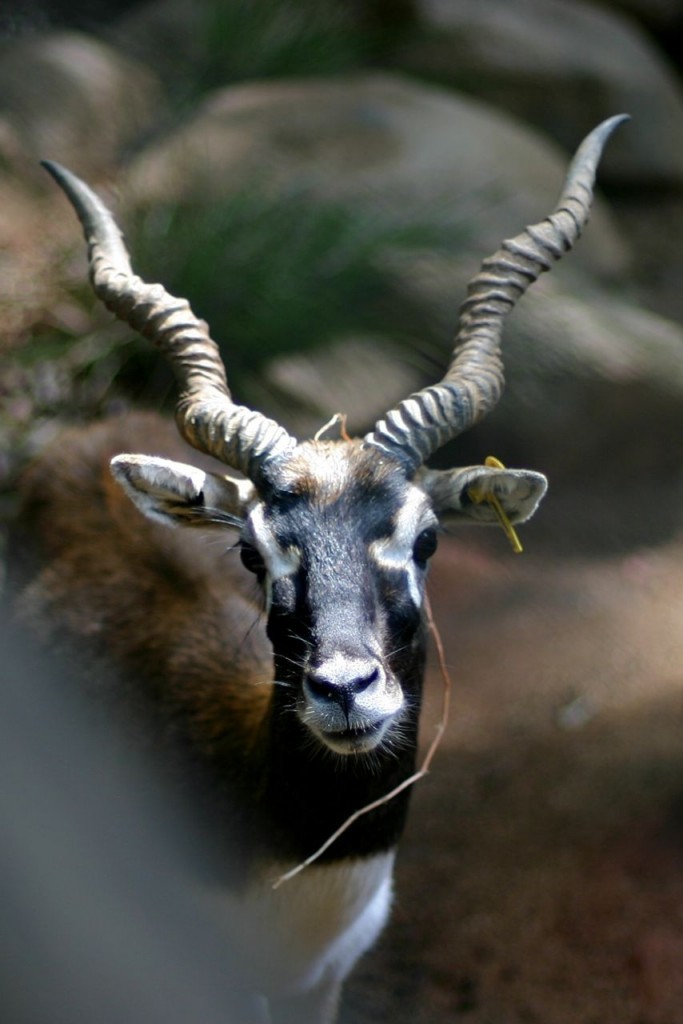
Tasmanian Devils are supposed to be nocturnal. These sure weren’t. They were the most active Tasmanian Devils I’ve seen, spending a lot of their time playing.
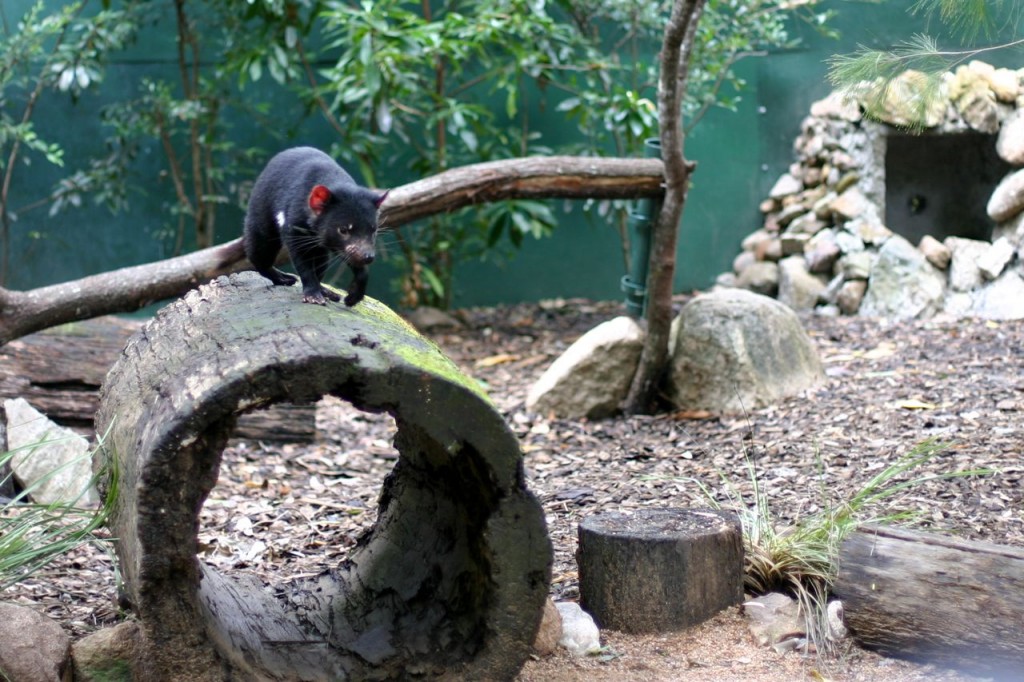
Here’s elegance personified:
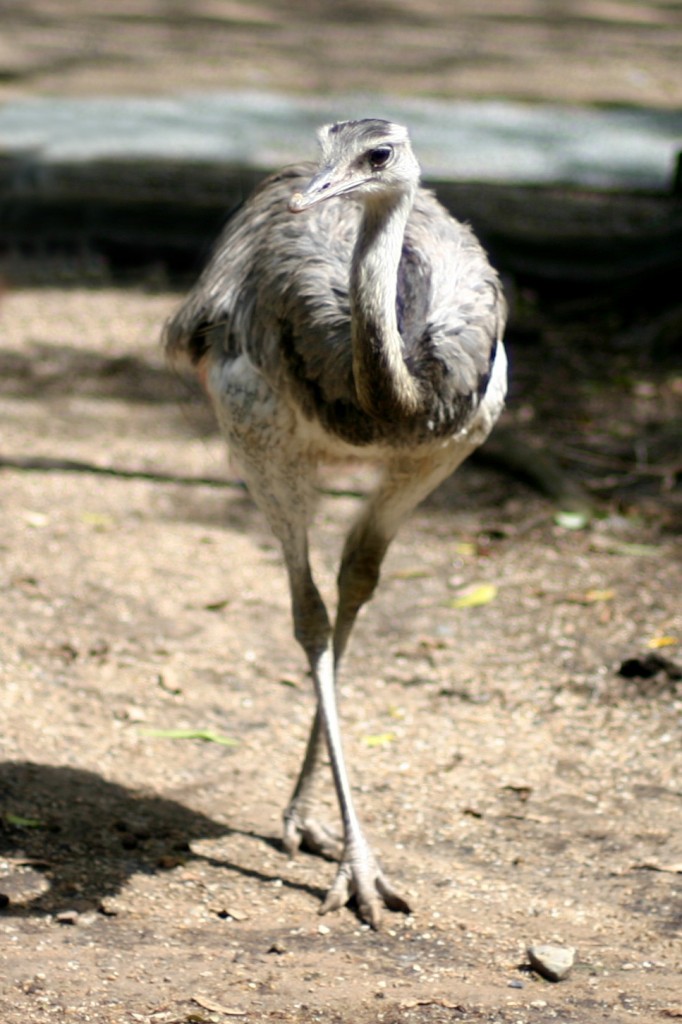
Shooting through a cage is rarely successful but this little chap had to be photographed. He was born on 18 March and represented one of the highlights of my day.
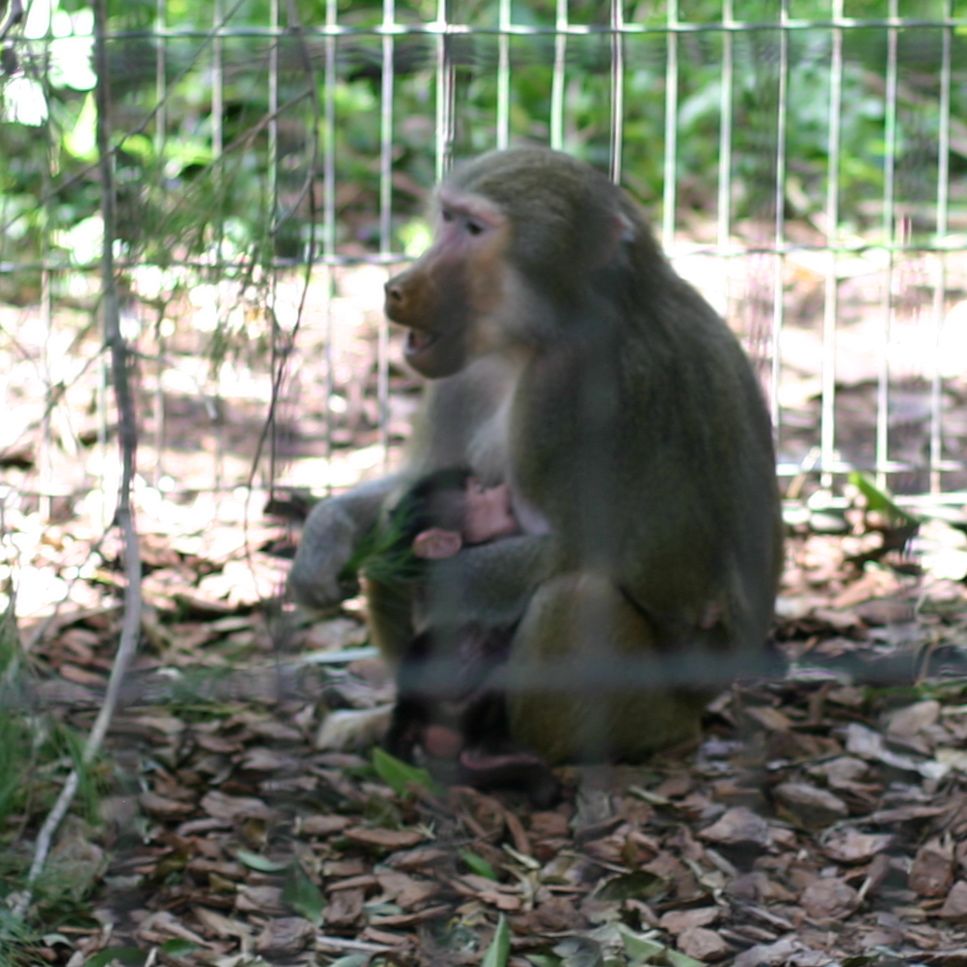
I shot most of the day at f1.4 (because I could) but I am told it is not absolutely necessary to shoot at f1.4 all the time. So here are some landscape shots with the aperture stopped down to something a bit more reasonable (like, f8).
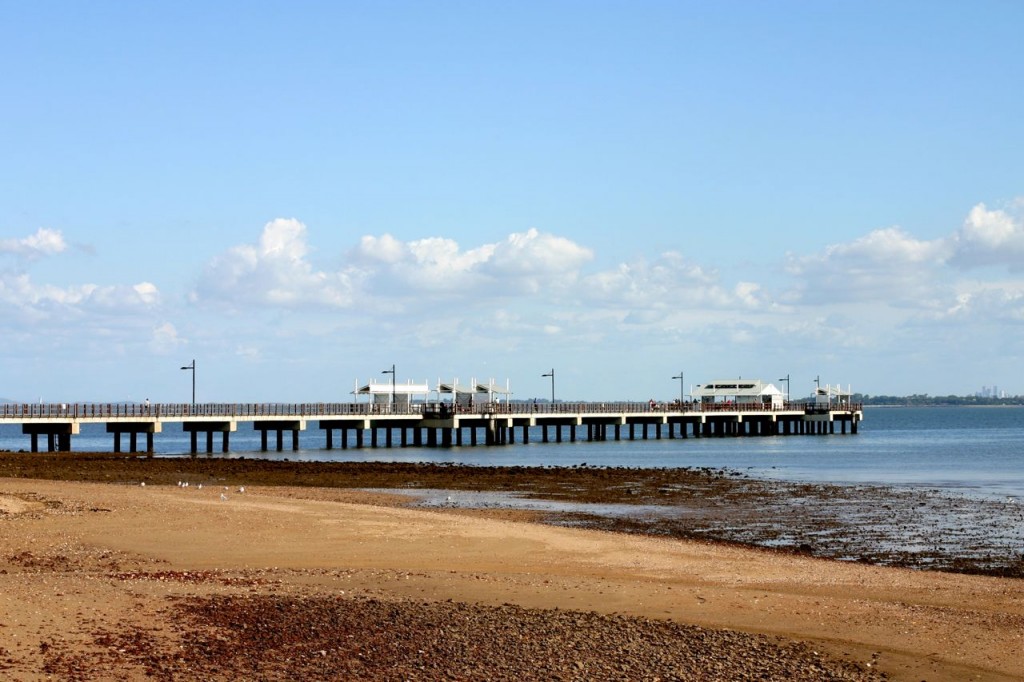
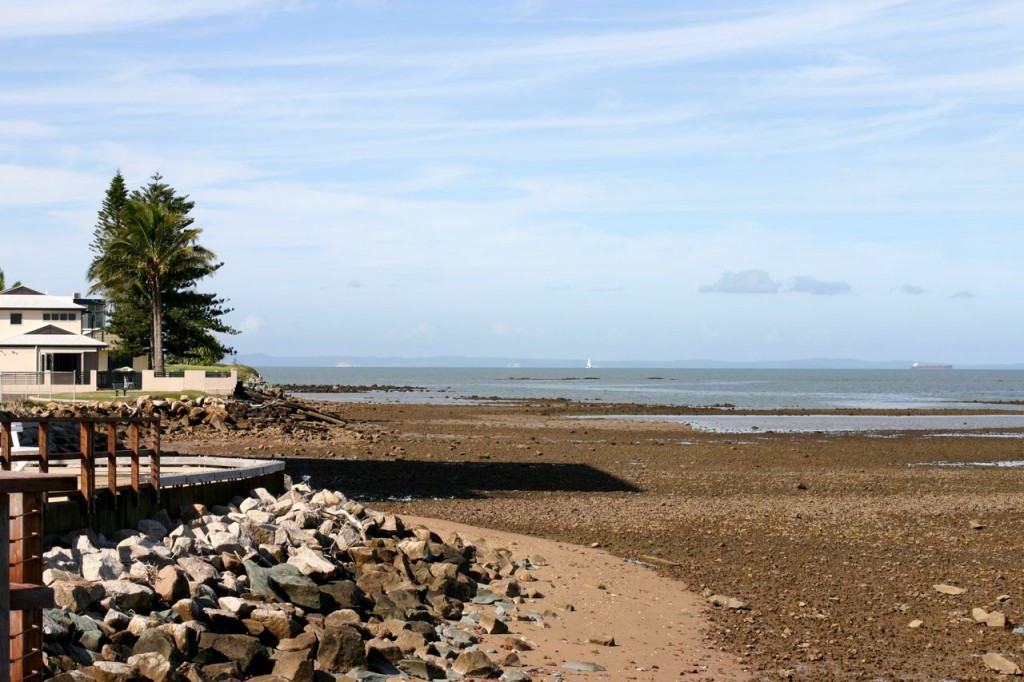
And I caught a tern in flight:
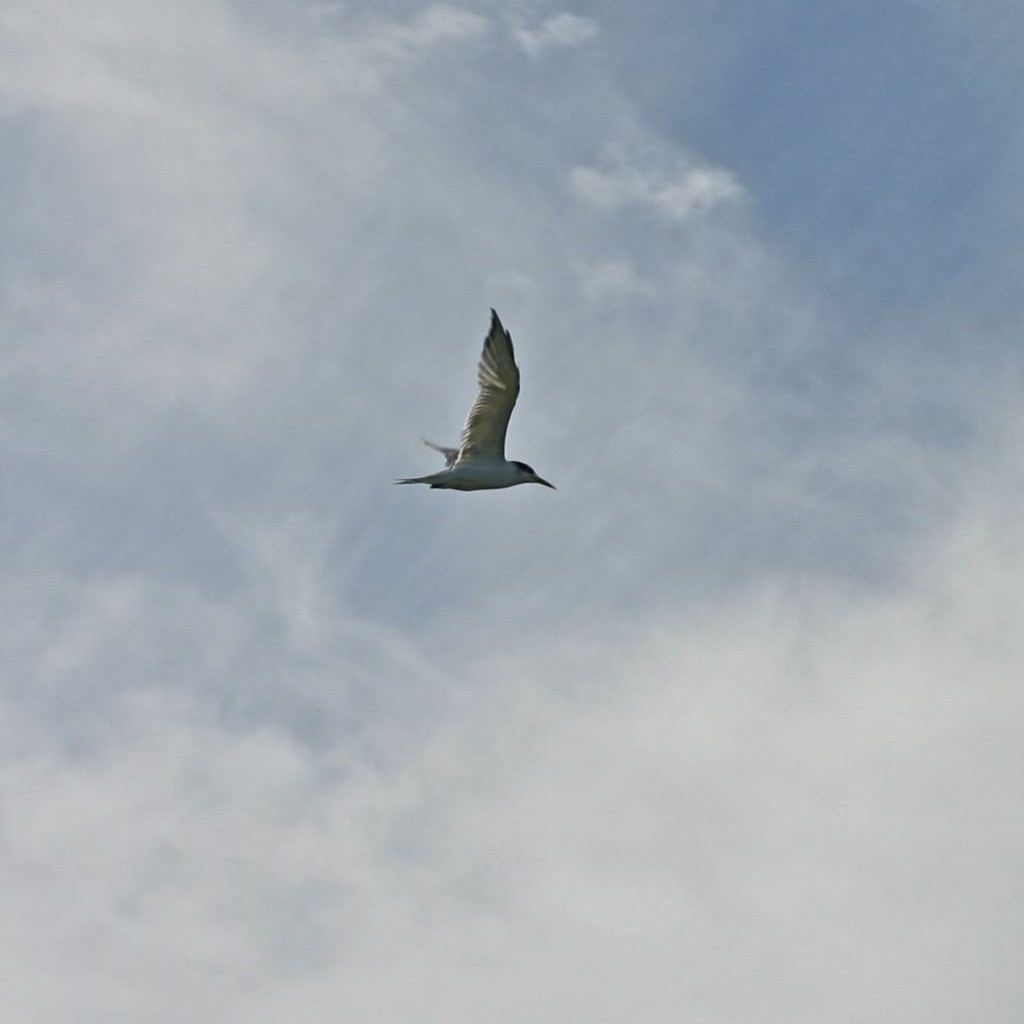
A lovely day was had by all!
Daily Shoot #498
Outdoor Concert
While the Obsessive Cyclist was climbing a mountain again, I wandered through the Botanical Gardens and found an extra bonus: an outdoor concert in progress, courtesy of Brisbane City Council, and stopped to spend a very pleasant hour sitting on the grass listening to Australian composers.
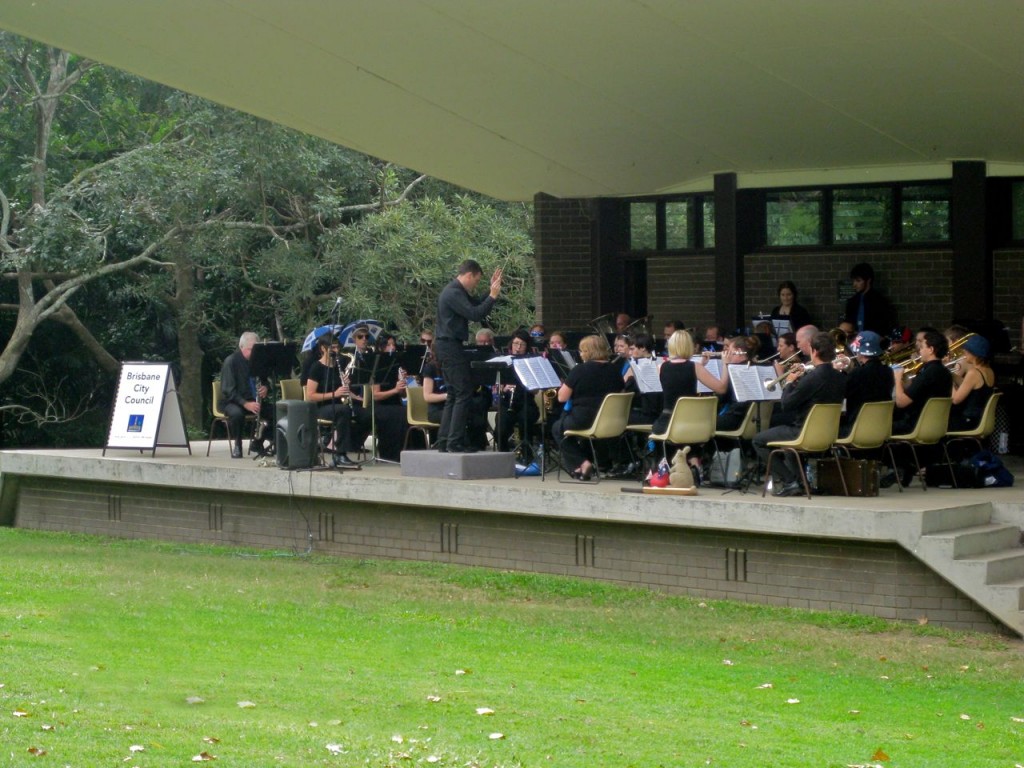
Afterwards, the Japanese Gardens are always a relaxing sight.
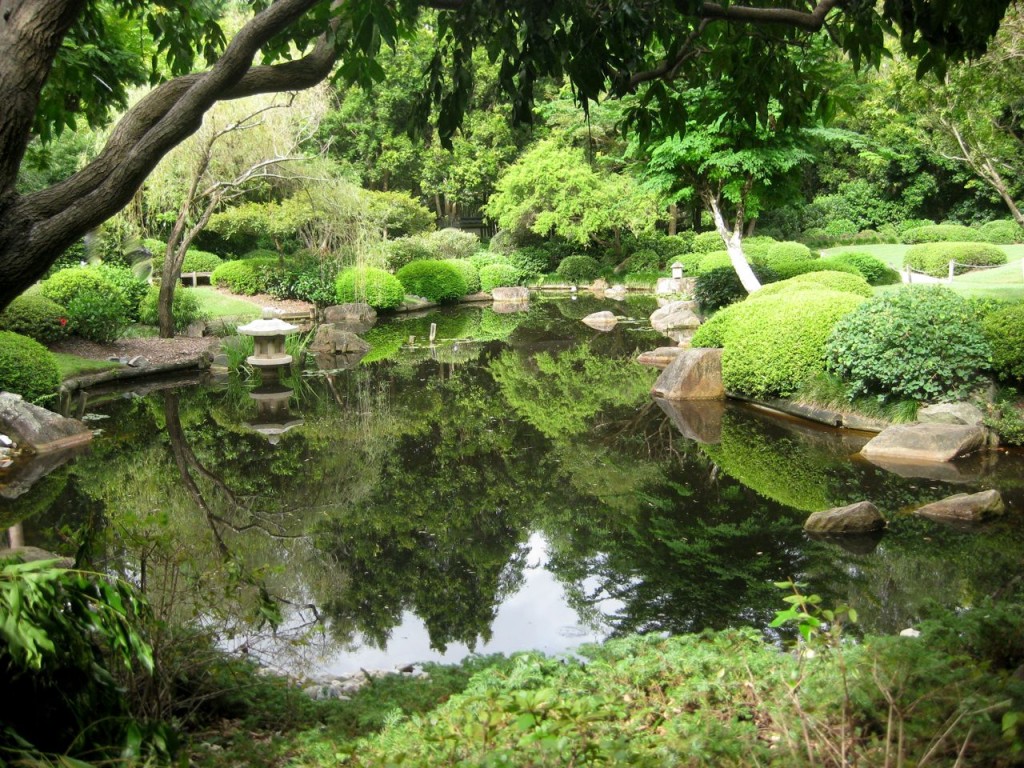
These lizards found it relaxing, too, especially on stones conveniently warmed by the sun.
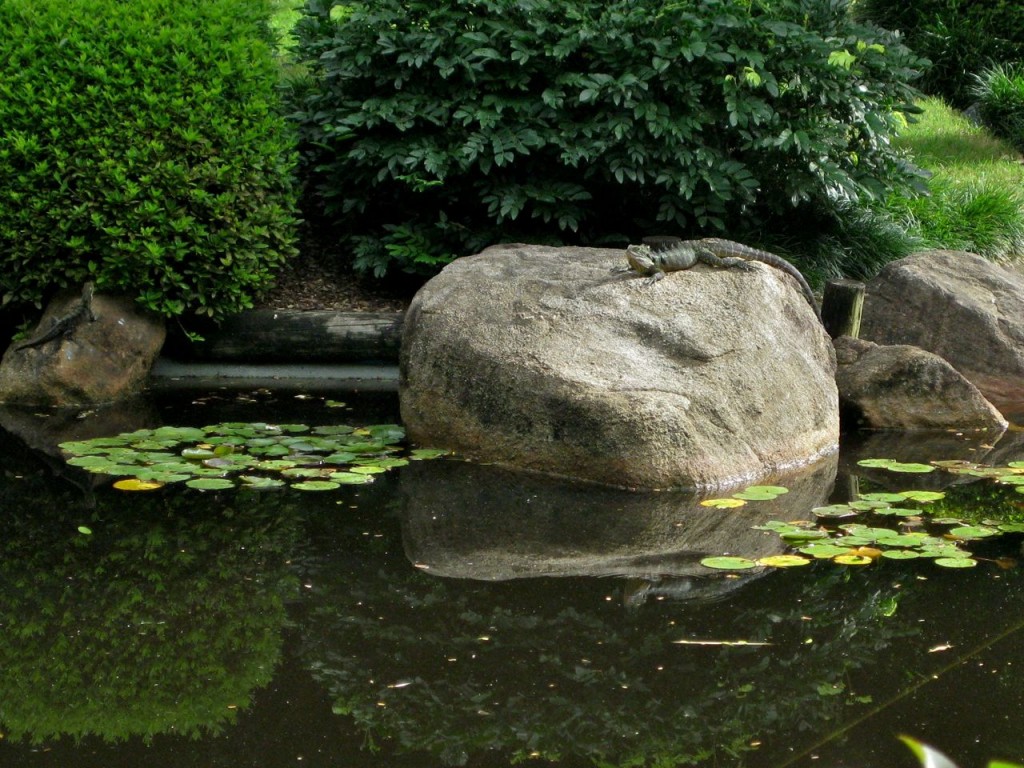
To round off the wildlife sightings, a young bird scratching happily, completely ignoring people. Not sure what it is when it’s grown up — a lyre bird of some kind?
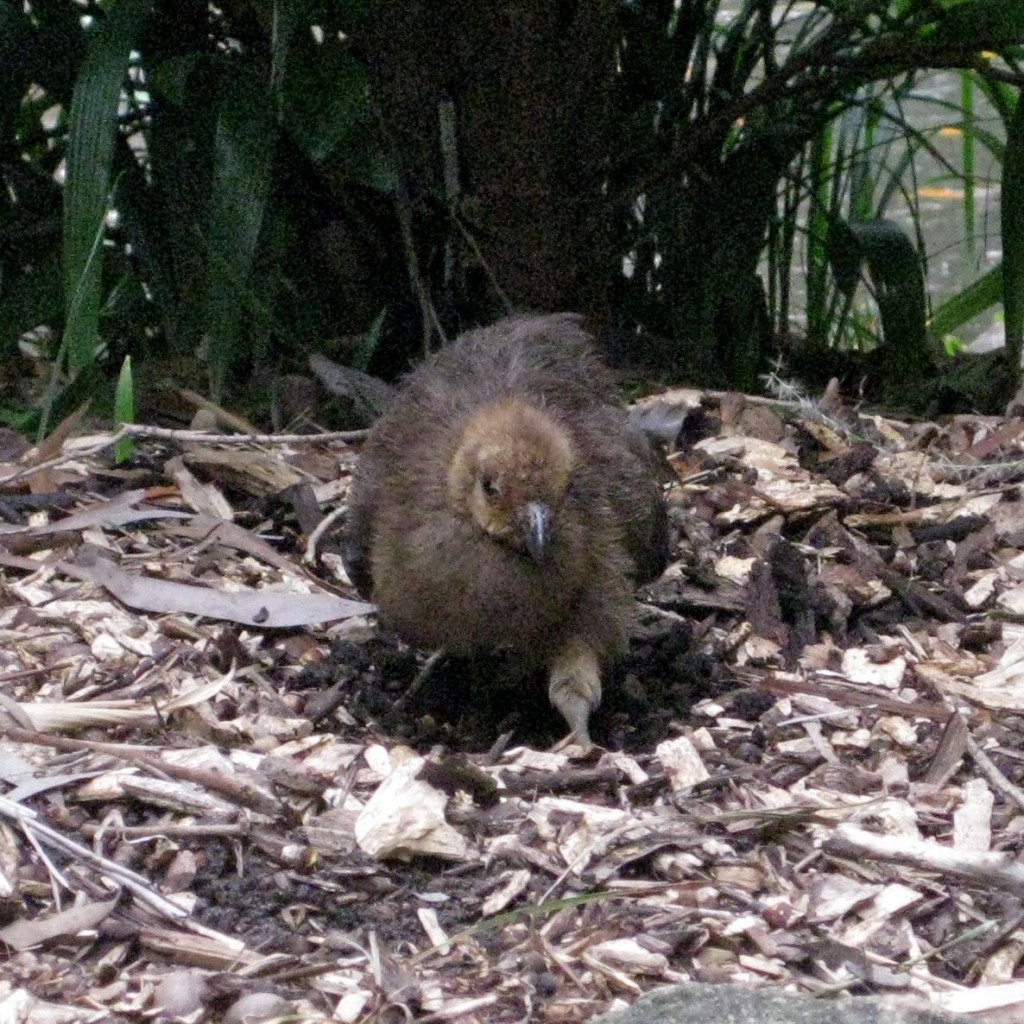
Sunset Photography
Last Friday we decided on a few civilized evening drinks across the river, where most of the bars have just reopened after the January floods. It was not much of a success as, in some cases, “re-opened” meant “open if you don’t mind sitting among hastily-hired external cooling units because the new fridges haven’t arrived yet”, or “open if you don’t mind a very restricted selection of beer”. In other cases, it meant “open if you don’t mind eye-wateringly high prices for (admittedly excellent) beer while being squeezed like a sardine among the throng”. With hindsight maybe a Friday evening wasn’t the best choice to try out new venues.
However, it was a gorgeous, warm evening, and just right for some sunset photography.
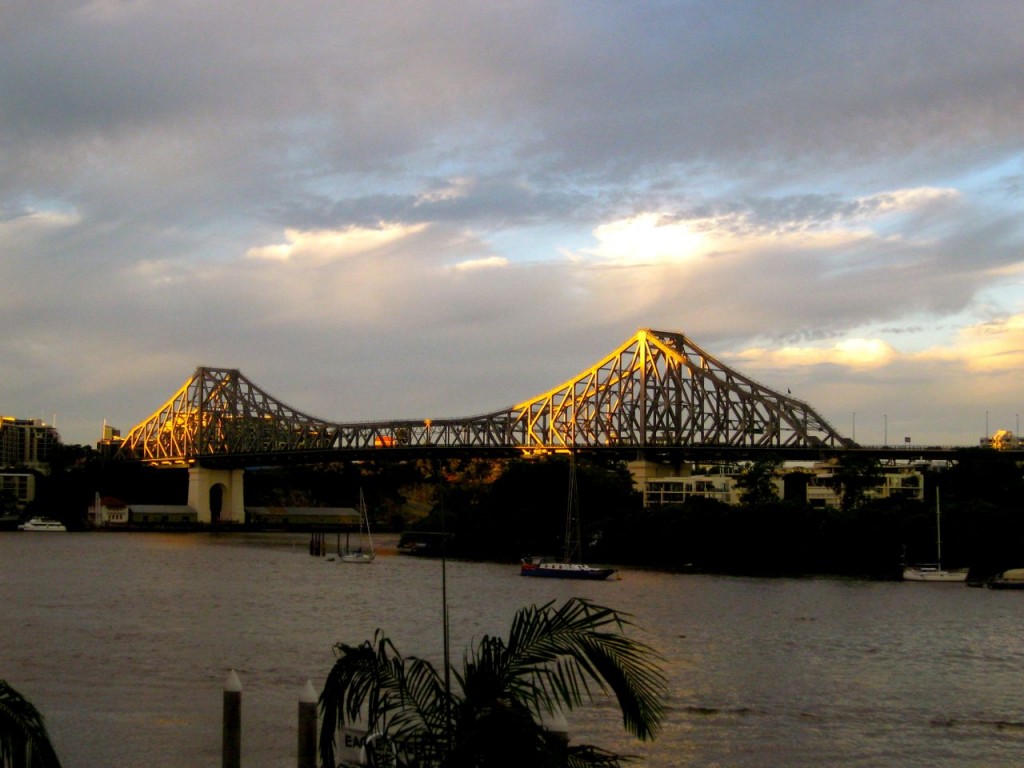
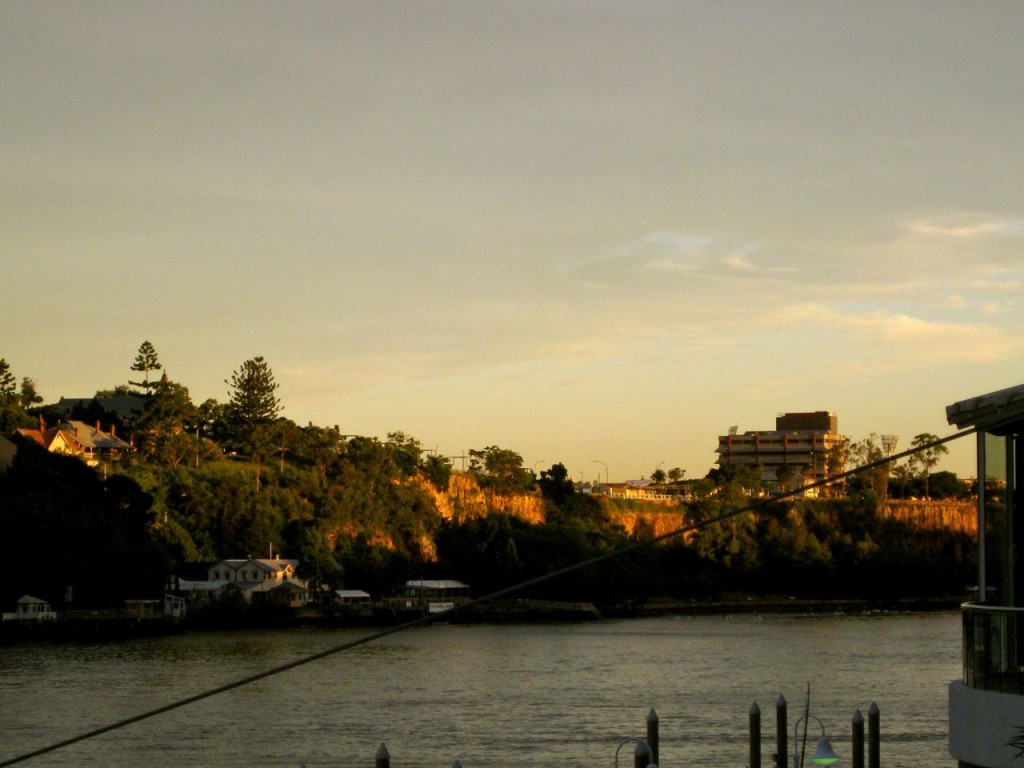
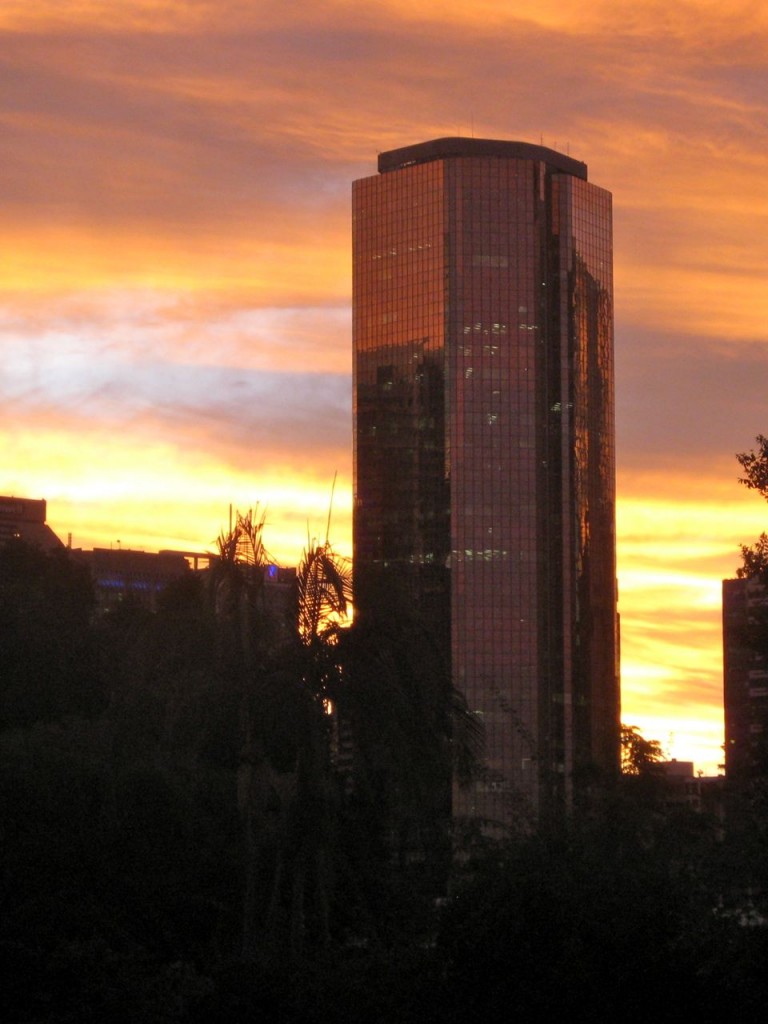
Having had one beer at each of the likely-looking establishments on the North side we decided that South of the river is more to our taste and ended up back at our usual haunt a worryingly convenient 2-minute walk from our flat. An excellent choice of beers in a busy but not overcrowded bar, a civilized atmosphere and available seats all made the local choice a no-brainer for us.
Daily Shoot #493
My contribution to Daily Shoot 493.
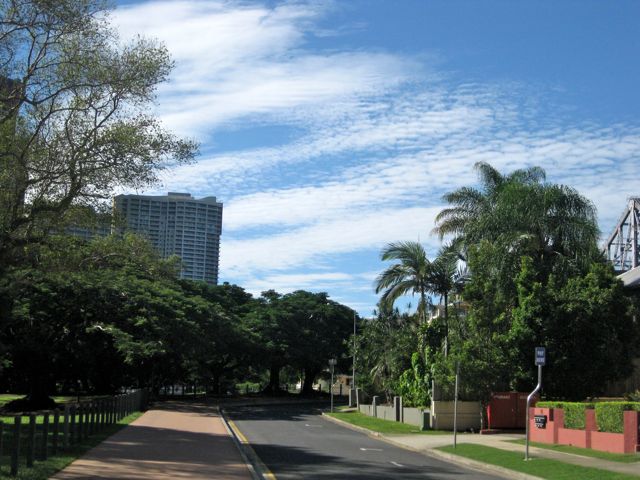
More HDR Fun
HDR Experiments
This morning I’m idly reading through Facebook when one of my facebook friends describes his first forays into HDR. For those of you who are not photo-geeks, HDR stands for High Dynamic Range. It means taking several photos in quick succession of the same scene, at different exposure settings, then merging them into a single picture. My ageing Canon EOS 300D is perfectly capable of doing Auto Exposure Bracketing (AEB) — taking three photos at normal, -x and +x exposure (the value of x is up to you). It also turns out that Photoshop Elements 9, of which I am a proud owner, contains Photomerge, a plug-in that does the hard work of merging the different exposures. So, no real excuse for not giving it a try.
Doing the camera work was easy: Take a mini-tripod, use the menu to set up AEB, take a shot of a landscape photograph. (For a close-up subject, there are other – easier – ways to achieve a similar effect, such as using a fill-in flash.) The views from Mount Coot-tha were rather perfect for this purpose. Once downloaded, however, it takes absolutely ages to merge the pictures, even longer if you then mess around with manual settings. So I only did it for two sets of three, to give the general idea. For best results, click on the thumbnails to see a full-size version.
The first pair shows standard exposure, then the automatic Photomerge result. The second pair shows standard exposure, then the result of Photomerge augmented by me playing with extra layers, clipping masks etc to create a new picture. My very first exposure (ha, ha, pun intended) to HDR.
